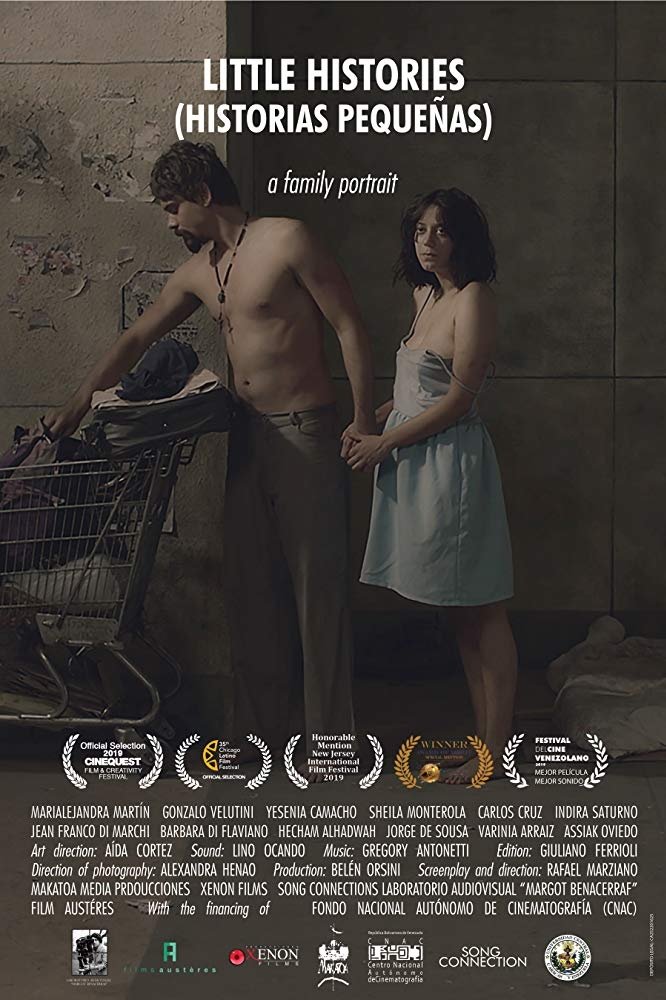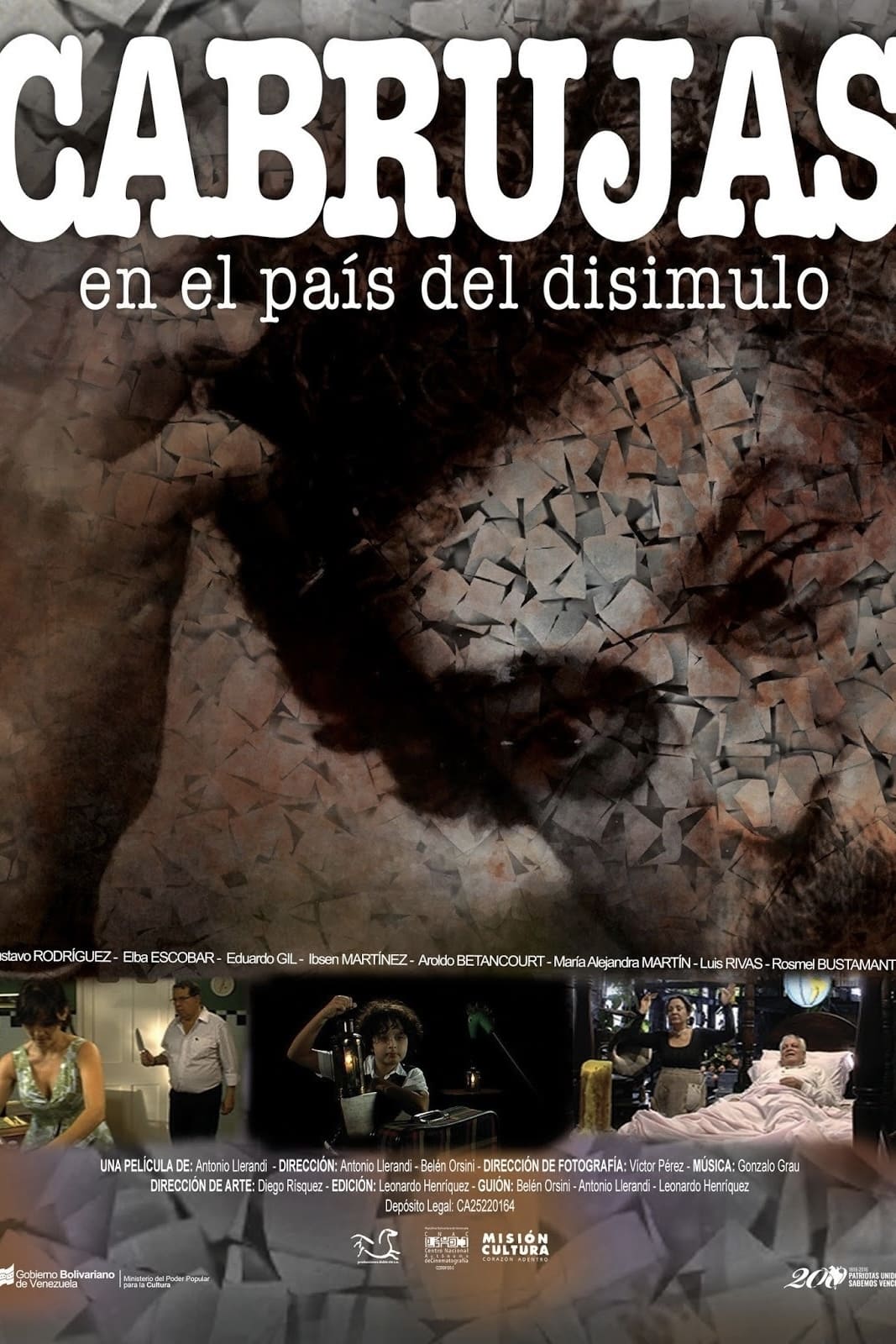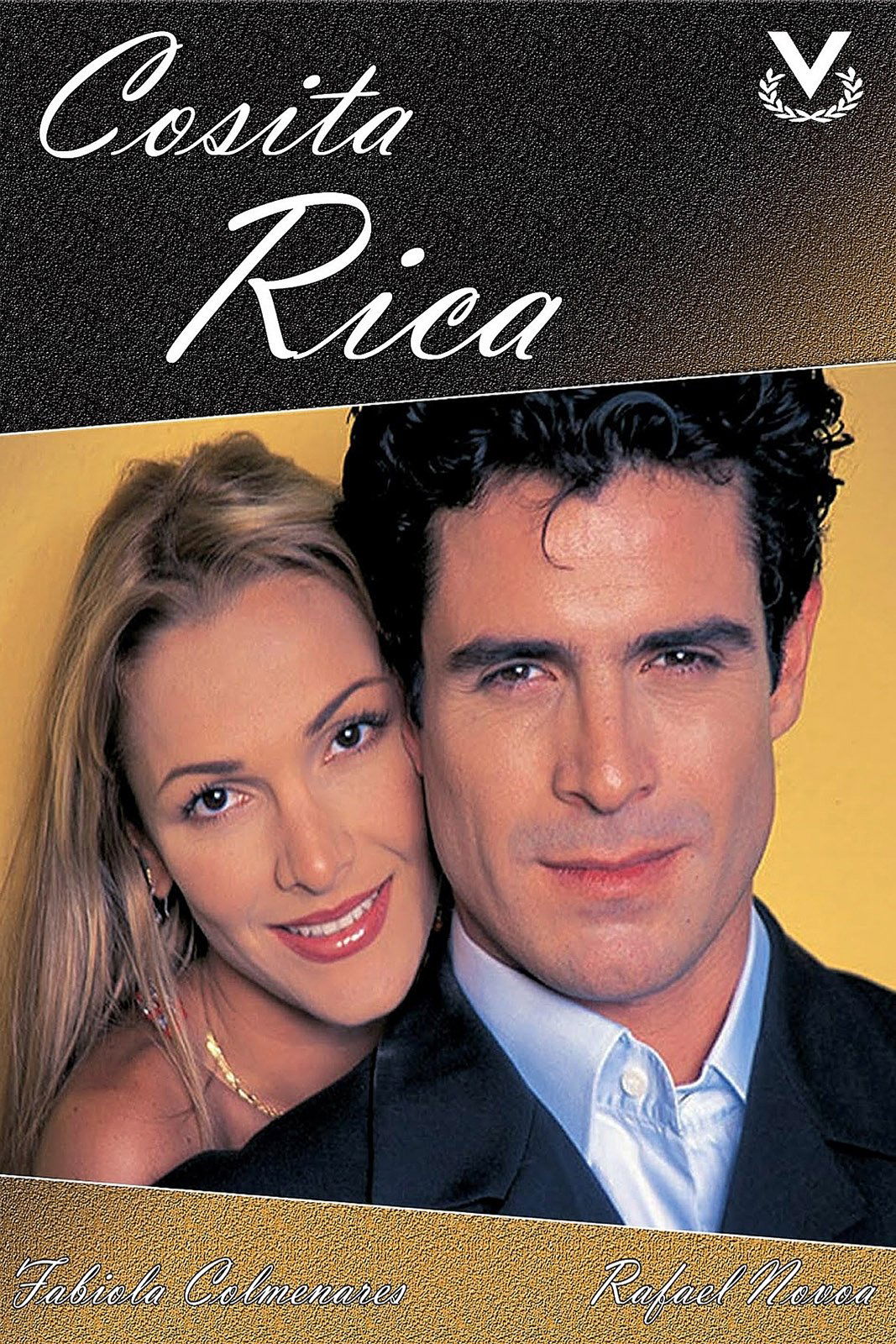

Maria Cecilia, a high school valedictorian originally from Venezuela but growing up in Miami, grapples with her fate and her identity as graduation day approaches. Meanwhile, her mother, Violeta, veers too close to a ghost from the past. And Gaby, her younger sister, swears she's found the answer to it all: winning the lottery.

Five domestic stories, five characters, and their families. Small stories that magnify their small ambitions, pettiness, hope, and discouragement, which for each of them are moving, definitive and tragic.

Beginning with his childhood and covering the many facets that characterized his intellectual universe, this documentary details the different aspects of the most important venezuelan writer of the 60s, 70s and 80s: José Ignacio Cabrujas.



Soñar no Cuesta Nada is a Miami-made telenovela that was produced by and seen first on Univisión and later on Venevisión. This telenovela lasted 191 episodes and was distributed internationally by Venevisión International. On October 1, 2007, Cadenatres, a new Mexican television network, began airing the telenovela.

Cosita Rica is a Venezuelan telenovela that was produced by and seen on Venevisión. This telenovela lasted 270 episodes and was distributed internationally by Venevisión International. Fabiola Colmenares and Colombian actor Rafael Novoa starred as the main protagonists while Chiquinquirá Delgado, Carlos Cruz, Daniel Alvarado and Nohely Arteaga starred as the main antagonists.

Juana la Virgen is Venezuelan telenovela written by Perla Farias and Irene Calcaño Cristina Policastro Basilio Alvarez, German Aponte and Julio Cesar Marmol Jr. and directed by Perla Farias and Tony Rodrigues. It is distributed by RCTV International all over the world.


Por Estas Calles is a telenovela broadcast by Radio Caracas Televisión between 1992 and 1994. It was extremely popular in Venezuela, due to its very realistic approach to the day-to-day life of the country and local tone. It was the first Venezuelan program to give a realistic view of the corruption in political life, as well as the first to show the day-to-day life in the poor barrios. For example, it showed the impact on poor people's lives of the intermittent water supply, showing community meetings and lovers' trysts cut short by the news that the water was on, sending everyone running to fill storage tanks and barrels. It was considered by the Spanish edition of the magazine Rolling Stone as the 8th best show between the 100 Best TV Shows Ever in all Latin America. It is believed to be the longest telenovela ever produced in Venezuela.
By browsing this website, you accept our cookies policy.